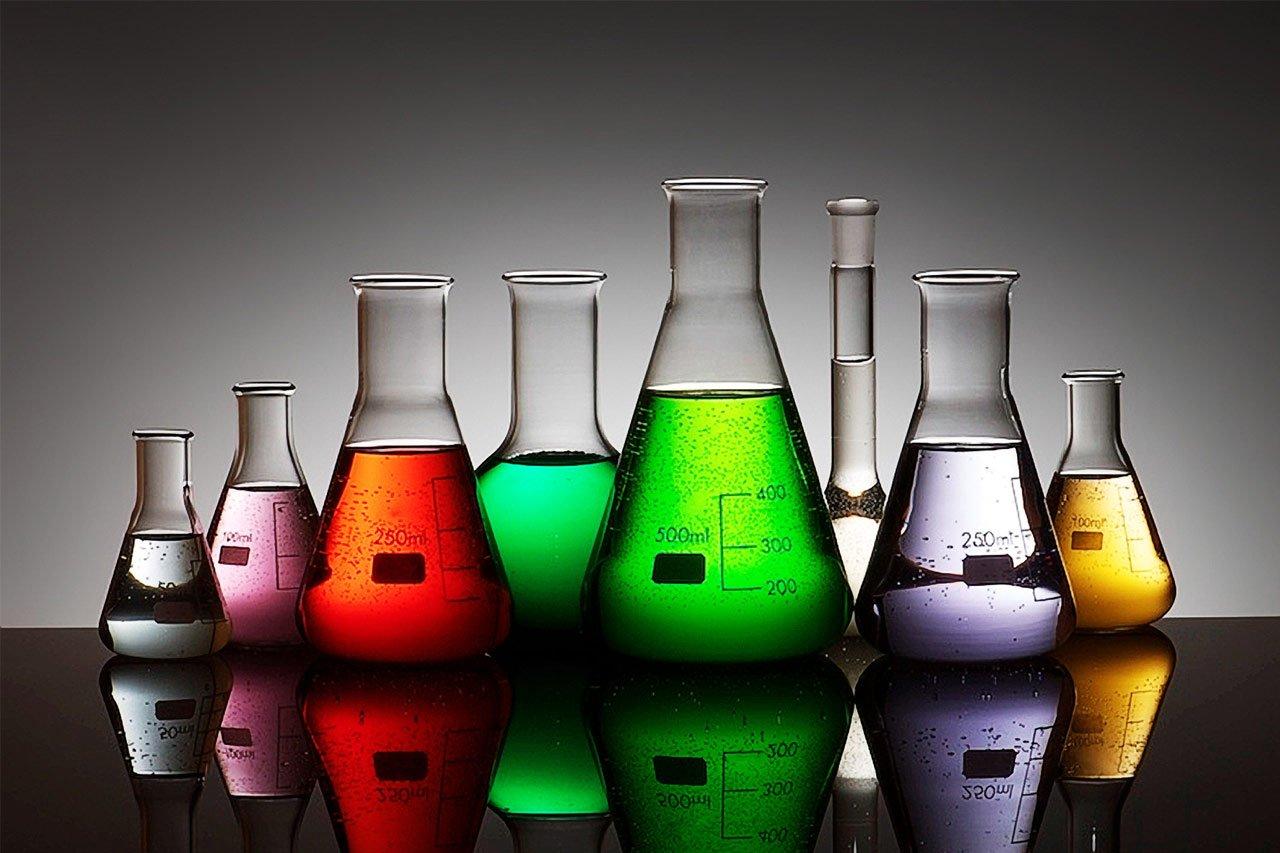Textile Chemicals: Essential Yet Hazardous

The textile industry uses various chemicals right from the stage of production of fabrics to its processing and manufacturing of finished textile products. These chemicals play an essential role in determining the quality, design, durability and other properties of textiles. However, many textile chemicals also pose health and environmental hazards if not handled properly. This article discusses some commonly used textile chemicals, their functions, related health issues and measures needed for safer usage.
Dyeing Chemicals
Dyeing is one of the most important processing steps in textile manufacturing. Various types of dyes such as reactive dyes, acid dyes, basic dyes, disperse dyes etc. are used for dyeing different types of fabrics like cotton, polyester, nylon etc. Dyeing chemicals include dyes, oxidizing agents and other auxiliaries.
Dyes release carcinogenic amines if not fixed properly onto the fabric. The wastewater from dyeing units contains high loads of dyes and chemicals which are toxic to aquatic organisms if discharged untreated. Workers in dyeing units are also exposed to these chemicals which can cause severe allergic reactions. Proper treatment of effluents and use of personal protective equipment by workers are necessary to tackle these health issues.
Finishing Chemicals
After dyeing, fabrics undergo various finishing processes to impart desired properties. Chemicals used for finishes include softeners, Anti-microbials, Flame retardants, Water repellents etc.
Softeners contain formaldehyde which is a known carcinogen. Recent studies found that commonly used antimicrobial triclosan is potentially harmful as an endocrine disruptor. Certain flame retardants have been linked to developmental neurotoxicity. Strict control is needed in the use of such hazardous chemicals. Non-hazardous alternatives should be explored wherever possible.
Bleaching Chemicals
Bleaching chemicals are used to remove natural color from fabrics before dyeing. The most common bleaching agent is sodium hypochlorite. Other oxidizing agents like hydrogen peroxide and enzymes are also used.
Hypochlorite generates toxic chlorinated organic compounds during bleaching. Its wastewater poses risks to the environment as well as workers' health. Accidental mixing of hypochlorite with acidic solutions can release poisonous chlorine gas. Proper safety protocols need to be followed in using and handling bleaching chemicals.
Printing Chemicals
Printing of designs on fabrics requires different types of chemicals. Thickeners are used to produce printable pastes from dyes. Curing agents help fix the printed patterns permanenty.
Common thickeners include starch and guar gum derivatives. Curing is usually done using acetone and potassium dichromate which are toxic in nature. Inhaling acetone vapors and exposure to chromium affects the central nervous system and liver respectively. Use of less hazardous thickeners and curing methods needs exploration.
pre-treatment Chemicals
Before dyeing and finishing, fabrics often require chemical pretreatments to enhance their absorbency and properties. Commonly used pretreatment chemicals are Sodium hydroxide, hydrogen peroxide, enzymes and surfactants.
Uncontrolled use of caustic soda can cause severe burns. Hydrogen peroxide is a potential oxidizing hazard. Enzymes often cause allergies. Strict compliance to safety norms is crucial while handling pretreatment chemicals.
Health Issues of Textile Workers
Textile wet processing involves extensive usage of various chemicals as discussed. Workers employed in such units are continuously exposed to low levels of these toxic substances.
Long-term exposure can potentially lead to serious ailments. Textile Chemicals Common complaints among wet processing workers include respiratory problems, skin allergies, nerve problems and even cancer in extreme cases of prolonged exposure. Ensuring adequate ventilation, personal protective equipment and regular health checkups can help safeguard workers’ health to some extent. But non-hazardous alternatives should be the ultimate goal.
Green Alternatives
With growing health and environmental concerns regarding chemical textile processing, green and sustainable alternatives are gaining prominence. Natural dyes, enzyme treatments, ozone bleaching are some examples.
Recent studies have shown the feasibility of using plant-based, non-toxic chemicals for pretreatments, dyeing, printing and finishing of cellulose and protein fibers like silk. Biodegradable sizing chemicals can also minimize environmental pollution. While initial costs may be higher, green technologies ensure long term sustainability and should be promoted through policy support and incentives.
Conclusion
To conclude, textile chemicals undoubtedly play an indispensable role in providing varied and quality textile products to consumers worldwide. However, the hazardous nature of many commonly used chemicals poses serious threats if not properly regulated. Switching to safer, non-toxic alternatives through continuous research is the need of the hour. Both manufacturers and policymakers have an important role to play in addressing this issue and promoting a green textile industry for a sustainable future.
For more Insights, Read –
https://www.insightprobing.com/textile-chemicals-trends-size-and-share-analysis/
- Art
- Causes
- Crafts
- Dance
- Drinks
- Film
- Fitness
- Food
- الألعاب
- Gardening
- Health
- الرئيسية
- Literature
- Music
- Networking
- أخرى
- Party
- Religion
- Shopping
- Sports
- Theater
- Wellness
- IT, Cloud, Software and Technology


